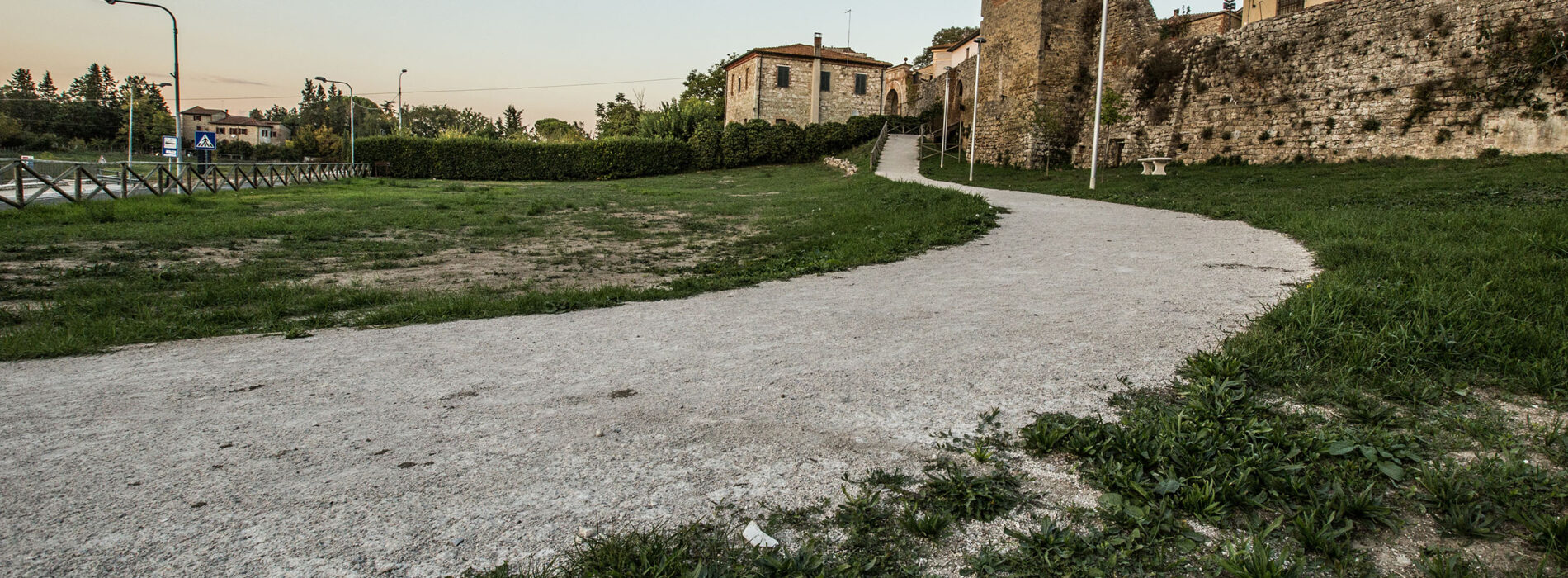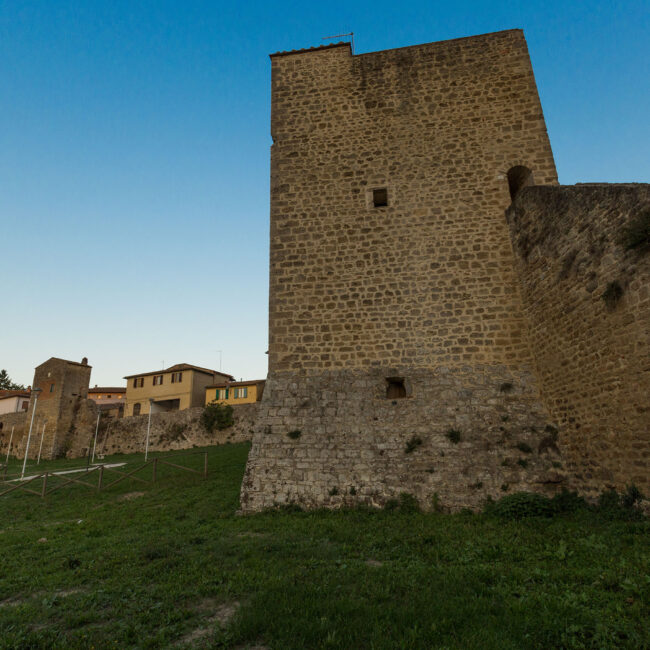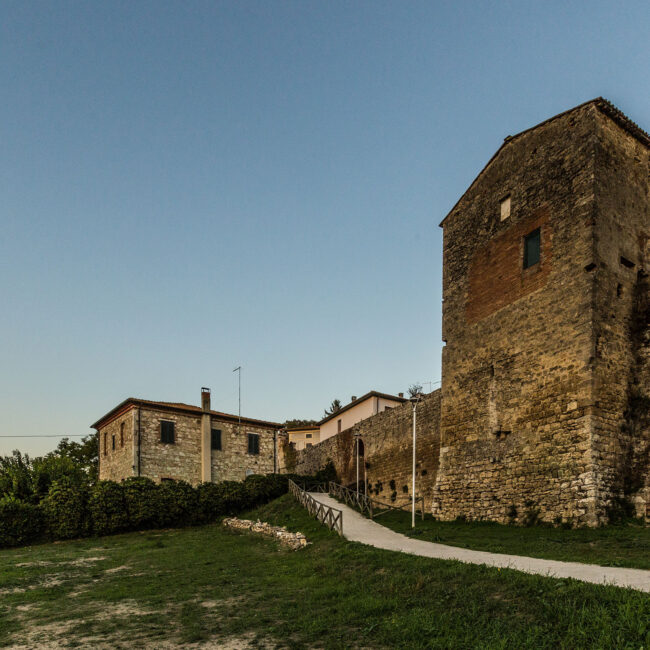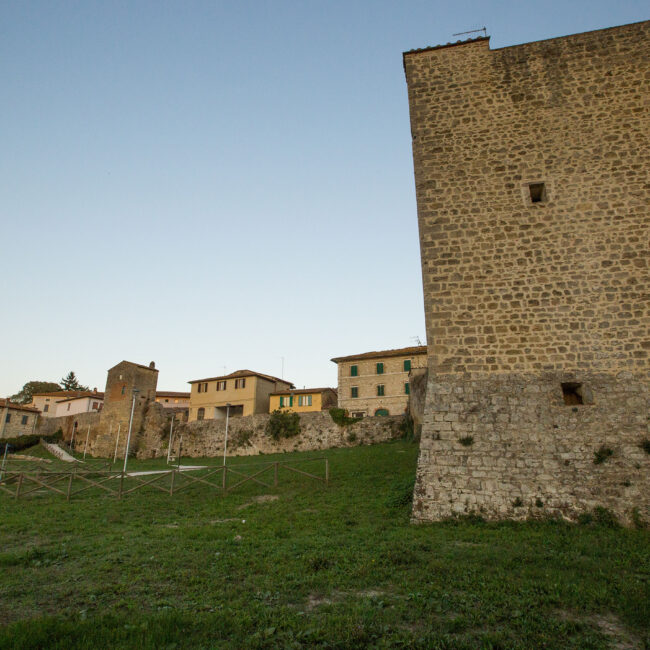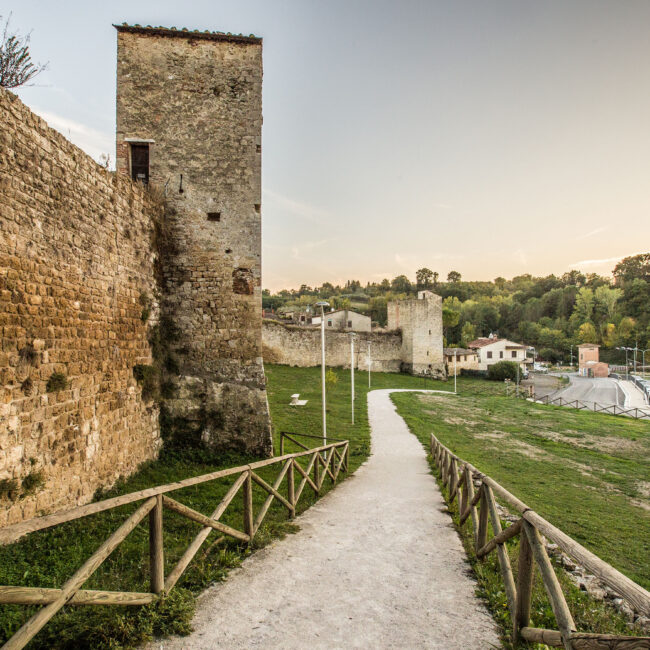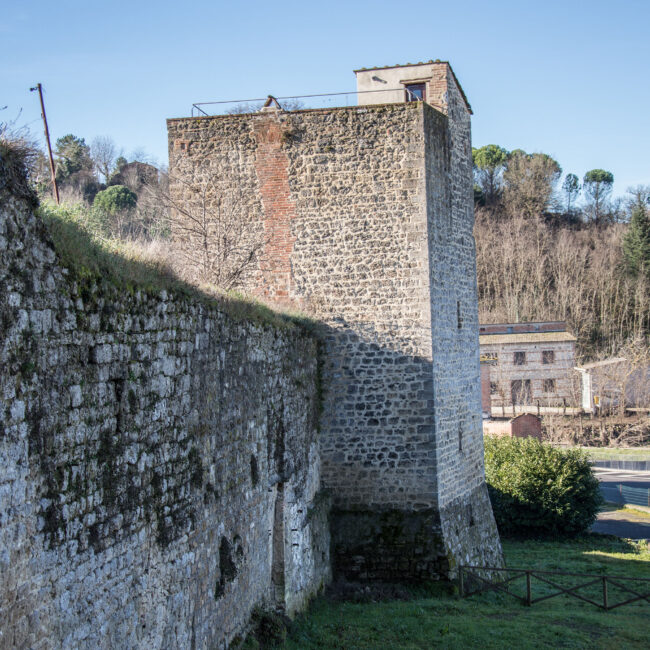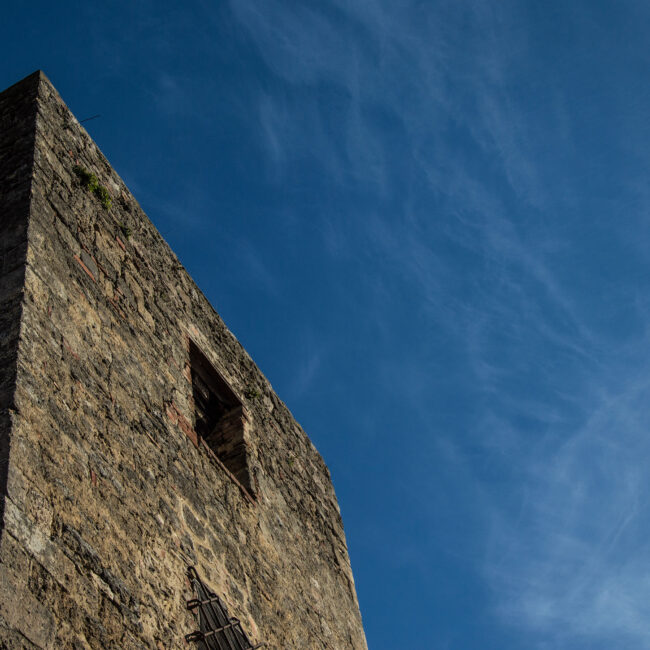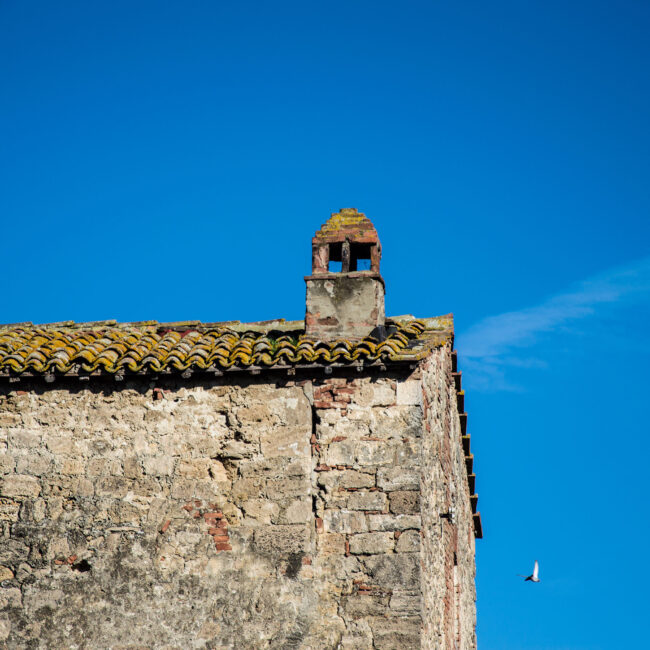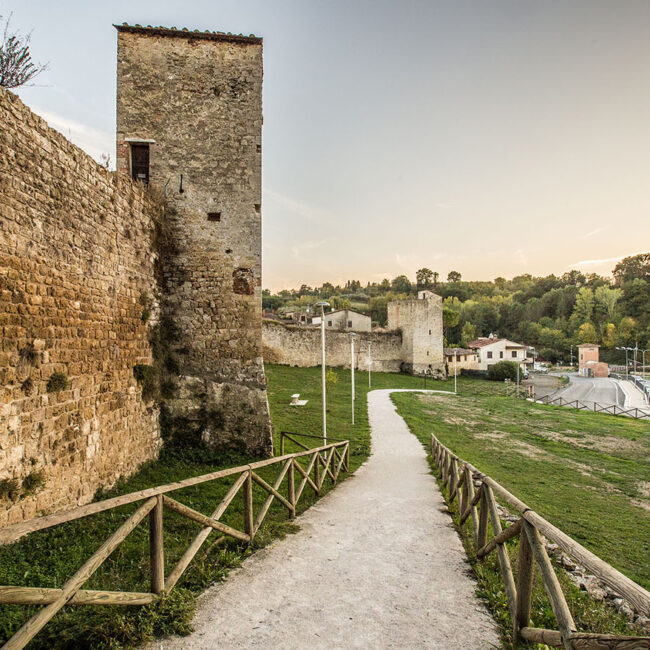The Ancient Walls, the Garden, and the Sienese Gate
The Castle Walls
The ancient defensive walls that once encircled the village of Asciano are still partly preserved today, offering a glimpse into the past. The walls rise majestically, silent witnesses to centuries of history. Among these walls, some of the surviving towers that once protected the village stand tall and proud, while the buildings in the historic center cling to the ancient stones, as if drawing strength from their solidity.
The Sienese Gate
The gate that greets the traveler coming from Siena along the Via Lauretana is the only surviving part of the defensive circuit that once protected Asciano. It is known as "Porta del Bianchi" or "de' Bianchi," due to the nearby lands owned by this historic family.
Walking along these walls, one can almost hear the echo of the past, a time when Asciano was a bastion, protected by mighty fortifications, which still today tell the story of a resilient and proud community.
A Portal in Time
Passing through this gate is like taking a journey back in time, despite the changes and reductions it has undergone during modern restorations.Looking up, right above the large entrance arch, one can still make out, carved in travertine, traces of a glorious past: the Sienese balzana, the proud coat of arms of the community of Asciano, and that of the powerful Bandinelli family. These symbols, resistant to time and transformations, tell the story of a city that, though changed over the centuries, still proudly preserves its roots.
Every traveler passing under this ancient gate is greeted by these emblems, feeling the strength and historical significance this route held for centuries, once not only the access to the city but also the guardian of its identity.
The “Donato di Becco” Garden
This garden, adjacent to the Sienese Gate and the walls, carries with it the memory of a man whose name is etched in the history of the town: the notary Donato di Becco. Born around 1280, Donato lived in an era marked by the dark shadow of the plague. Despite the terror the epidemic spread, Donato did not hesitate to stand by the afflicted, offering his professionalism and heart to draft the last wills of those who were nearing death.
In 1348, exhausted and weakened, Donato himself fell victim to the plague. His final writing, a touching and unfinished document, tells with simple yet powerful trembling handwriting the moment when the disease took hold. The last word, left unfinished, is a silent testimony of a man who fought until his last breath.
Among the documents he left behind is a poem, which is both a prayer and a cry of despair. His verses, addressed to Santa Maria, reflect the deep anguish of an entire community struck by such a cruel and relentless death. His words, filled with pain and hope:
“Santa Maria bellissima
that gave birth without pain,
watch over us from this death
which brings such affliction,
so that no more people
die from this rage of illness.”
